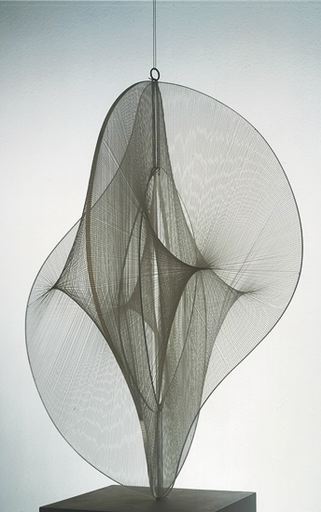|
|
||
| home | features | exhibitions | interviews | profiles | webprojects | gazetteer | links | archive | forum | ||
|
|
||
|
Backwater again? Contested histories of St Ives Art
Recent books by Peter Davies have presented St Ives as a thriving art colony. ‘Innovators and Followers’ and more particularly ‘Art Colony in Transition’ depict the galleries and artists of St Ives as part of a living tradition, in which artistic truths discovered by earlier artists have been handed down - intact and unchanged - through 4 or 5 generations. In the latter book he describes this process as the ‘the successful transformation of the post war modern movement into a fin-de-siecle revivalism which provided continuity through the accommodation of a new generation’. Davies seems to be telling a story that challenges more conventional accounts of St Ives such as Tom Cross’s original book of 1984 ‘Painting the warmth of the Sun’, which first presented the view that St Ives art was spent as a force by around 1975; the year that Hepworth, Hilton and Wynter died. Cross describes pop art and large scale abstraction in London in the early sixties - especially the show ‘Situation’ in London in 1960 – as ushering in the end, claiming: ‘from about 1960 the St Ives artists were…an embattled group’.
So who to believe? Which version of history is correct? Should we now think of St Ives as a spent force, and therefore as a kind of living art museum or theme park? Or is it, in other ways, still a thriving and vital centre for art in the sense suggested by Peter Davies?
In including a large number of contemporary artists in Cornwall in his most recent publication, Davies’ work highlights the differing perspectives of the Tate-promoted orthodoxy and that of others in St Ives: perspectives that more than once have brought the two of them into conflict. It should be remembered, of course, that the Tate is part of an international art scene, and the art history that it tends to promote has to be seen in that context. For a generation after the war St Ives art was the most important art produced in Britain: it was challenging, new and of its time, and it made an impact internationally. St Ives art, and Cornish art generally after 1975, has not done so to anything like the same extent. Yet for many visitors to St Ives and for locals living in Cornwall, who might take little or no interest in the international art world, the art scene here is more vibrant than ever, and the notion that it might have died or lapsed into a coma, in, or around, eg 1975 is insulting and flies in the face of the evidence to the contrary, given the number of art galleries, artists and visitors now in the area.
It is reasonable on this basis to conclude that the colony of St Ives is
still going strong, even if it makes little or no impact on
opinion-formers and art-critics living in London. It is these differing
perspectives (ie regional perspective v international (=London)
perspective) that gives rise to much of the conflict. There is a very strong case for resisting the move towards internationalism in the visual arts, and for challenging grand narrative accounts of art history that, in the way described by Lyotard, will always tend to overwhelm and silence smaller 'local' narratives. In other words the idea of a local regional art scene where culture is made and shared is very valuable, and in these days of corporate expansionism and globalisation the discourse that supports it deserves to be cherished and defended tenaciously. There is therefore most definitely a place for alternative histories of Cornish art, written from the perspective of those directly affected by them.
Is the colony in
transition? So what is the problem with Davies writing? The book ‘Innovators and Followers’ is fairly well balanced. ‘Art Colony in Transition’, however, is so lop-sided that it doesn’t stand up. His own allegiances art-wise seem hugely biased, as evidenced by a letter to the St Ives Times and Echo following ‘Art Now Cornwall’, in which he singled out some painters, generally painting within traditional genres, for praise whilst condemning other forms of practice. Not that there is anything wrong with abstract or genre painting per se, but the idea that that is all that is happening misrepresents Cornish art in a way that is ultimately damaging to it, and gives ammunition to its enemies or critics. By focussing on a narrow range of painterly activity in his books he seems to reveal an ignorance of the full extent of artistic practice in the area: including the increasing importance of artist-led projects in Cornwall in the last 10 or so years. These projects, which probably started with Art Surgery and PALP in the early 90’s and continued more recently with projects like ‘more’ are a reminder that much of the most interesting and challenging art made in Cornwall does not necessarily have an obvious exchange value i.e. it is not a commodity to be bought and sold.
Failing to acknowledge this, or other spheres of activity, reinforces an
impression that art in St Ives and elsewhere in
Davies also does not explain how this might have come about, and by failing to do so he leaves it to the reader to draw their own conclusions: the most obvious and insidious one being that the art scene in Cornwall is attached leech-like to the legacy of St Ives; at best trapped by commercial interests and in thrall to an art market that is simply part of the heritage industry, at worst the Theme Park we all dread.
What is important
about artist-led activity? Recognition of diversity, including the existence of artist-led activity, is the obvious way to counter such a negative conclusion. It is the best way of demonstrating that art from Cornwall is evolving and changing, not held captive by the legacy and undergoing the process of healthy transition promised in the title of the book. (Fairly reflecting this was, incidentally, probably the most successful aspect of the Art Now Cornwall show). Artist-led activity - ie activity not led by the commercial sector - is important. It can serve as a test bed for new ideas. It can be a form of research activity where art is made unencumbered, at least initially, by the need to sell. It thus helps sketch out the full range of possibilities for art, and it challenges artists to go in new directions and push boundaries. By creating a dialogue with private galleries, artist-activity outside them can help develop new audiences and cross-fertilise with art that has already proven itself as commercial. It is through these kinds of processes that art evolves. Artist-led exhibitions in Cornwall are not more important than private gallery exhibitions, which are of an increasingly high standard in the county. But where change is most apparent it is, arguably, in those galleries, private and public, that are able to recognise the role of artist-led activity in helping to create new, innovative work. There is great potential for the two sectors to work more closely together, and there were signs of this beginning to happen with shows this year such as MOVE, Second Nature and Revolver. Here is the real evidence that the art scene in Cornwall is in transition - after all. |
||
|
pictures top to bottom: Terry Frost, Michael Canney, Paul Feiler, Ben Nicholson, Gearge Dannatt, Paul Mount, Naum Gabo |
||

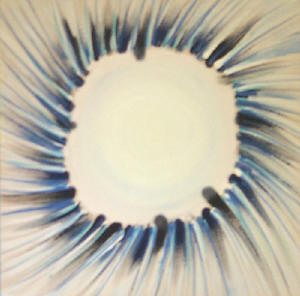
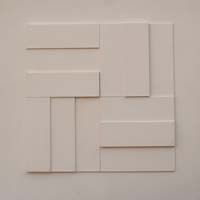 The
important Tate show of 1985 was entitled St Ives 1939 -1964, and so dated
the end even earlier. David Brown, the curator, put it thus: ‘Nicholson’s
departure in 1958 and Lanyon’s death in 1964 removed two leading figures
from the scene, and the sudden change in the art climate that occurred
with the appearance of pop art in London in the early 1960’s led to an
increasing suspicion that St Ives was becoming a backwater again’.
The
important Tate show of 1985 was entitled St Ives 1939 -1964, and so dated
the end even earlier. David Brown, the curator, put it thus: ‘Nicholson’s
departure in 1958 and Lanyon’s death in 1964 removed two leading figures
from the scene, and the sudden change in the art climate that occurred
with the appearance of pop art in London in the early 1960’s led to an
increasing suspicion that St Ives was becoming a backwater again’.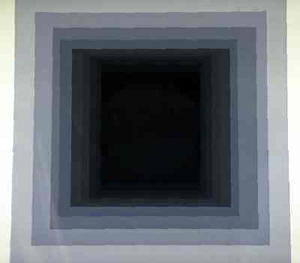
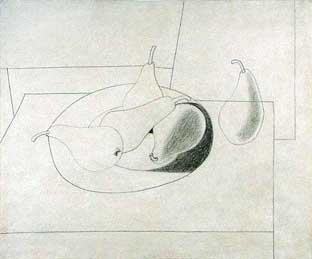

_small.jpg)
